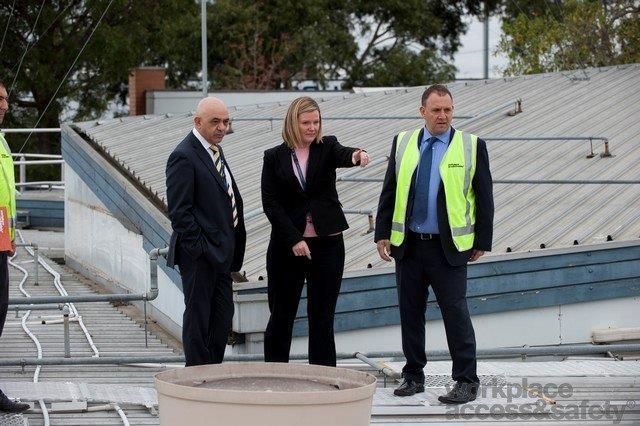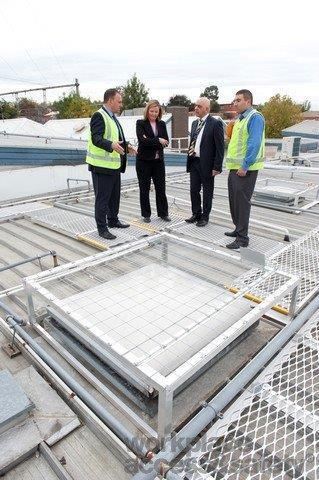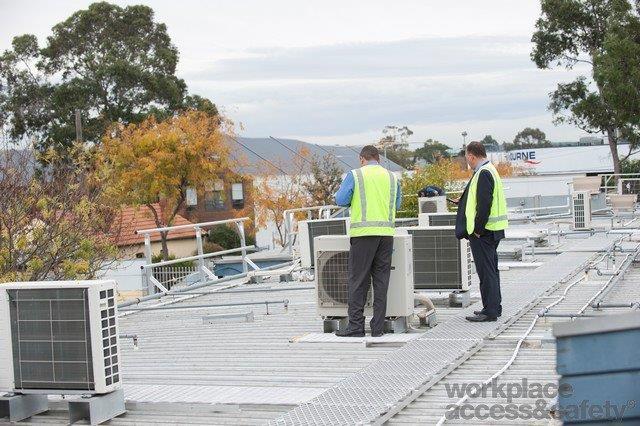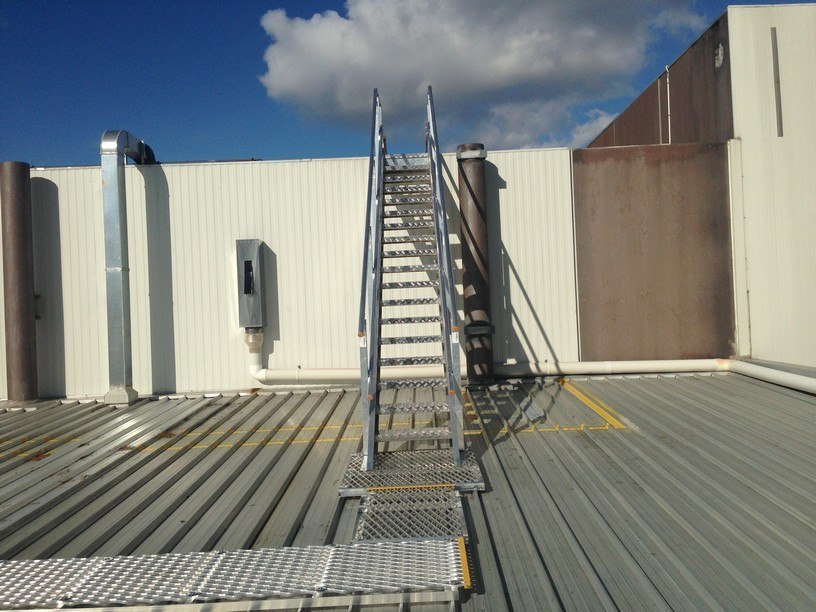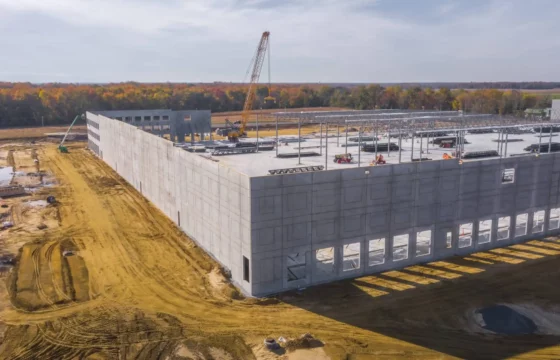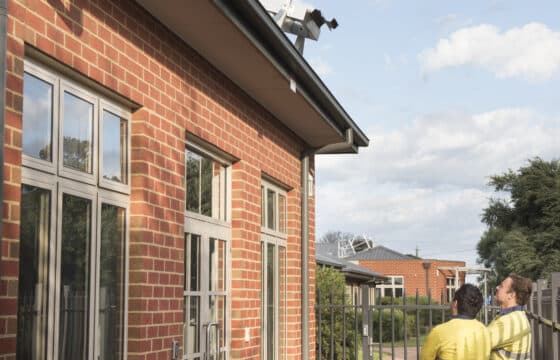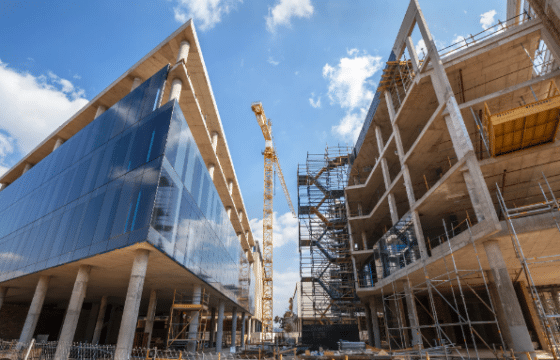Melbourne Health cuts a massive OHS challenge down to size
Melbourne Health has so many buildings, it has its own postcode. It could be daunting for an air conditioning firm to refuse to service equipment there on health and safety grounds.
But when Chillmech advised it could not service equipment on some Melbourne Health roofs until safety was upgraded, the response was welcoming.
With 8,000 staff members and more than 100,000 members of the public passing through the doors of its 33 sites each year, Melbourne Health’s health and safety challenges are enormous in scale, critical in importance and well understood.
The implications of Chillmech’s advice were far-ranging. First, the heating, ventilation and cooling of health facilities can be a life and death affair, making preventative maintenance of equipment a high priority, as Chillmech managing director,John Scerri explains.
“Sealed buildings quickly become uncomfortable, dangerous even, when equipment fails, particularly for ill or frail people,” he says, “but in operating theatres, air conditioning breakdowns can mean an operation must be terminated in as little as 20 minutes,” he says.
Second, a fall prevention audit of the buildings revealed the need for extensive works that demanded a long-term approach, says Melbourne Health engineering coordinator Kelly Golmeyer.
The audit document drafted by fall prevention experts, Workplace Access & Safety, proved pivotal in the process. The hazards were photographed, explained, ranked and tabulated in colour-coded summaries.
“Each Melbourne Health site is governed by a committee and coordinated by a facility manager, which means that literally dozens of people had to come to grips with the situation, the implications and what needed to be done,” Ms Golmayer said. “The clarity of the report format was very helpful.”
“We submitted the audits to the committees and found the budget was unattainable, so we ceased all works and developed a list of priorities.”
Ms Golmayer liaises with facility managers to schedule works based on the most pressing access requirements and the risk ratings the audit report applied to each hazard.
Aside from the need to maintain a reliable supply of clean air to the health and aged care facilities, Ms Golmeyer is acutely aware of the value of preventative maintenance.
When air conditioning equipment is not serviced, reliability and performance suffer while running costs skyrocket, Chillmech’s John Scerri says.
“If filters are left dirty, for example, the efficiency drops off the coils as the heat transfer between the air flowing over it and the temperature of the coil surface is reduced,” says Mr Scerri.
“This equates to the compressor having to run longer to meet the load on the conditioned space.”
“A dirty condenser raises the head pressure of the unit, which in turn causes a rise in electrical demand used by the motor. This, of course, dramatically increases the energy costs.”
Two and a half years into the project, Cosimo Brisci says the emphasis is on making sites safe in a manageable process without compromising the wellbeing of staff, visitors and patients.
“I’m exceptionally happy with the way Workplace Access & Safety has handled our fall prevention program,” says Mr Brisci.
The busy facility manager found the fall prevention company list of accreditations translated into real time savings and a frustration-free system. Workplace Access & Safety was already registered with Ipro, Melbourne Health’s chosen compliance software and its ISO and Australian Standards certified management systems delivered consistently good service.
“Workplace Access & Safety has been very efficient and the timing is reliable – people turn up when we are told they will and they are very, very good at having material delivered as promised,”.
And while Melbourne Health is happy with Workplace Access & Safety’s work, nothing will be left to chance.
“Of course, we will have a third party audit of all our fall prevention installations,” says Ms Golmayer. “We are not expecting any problems, it’s a routine part of our due diligence process.”
It is an approach welcomed by Workplace Access & Safety managing director Carl Sachs.
“Melbourne Health’s strategy of doing audits to uncover the full situation, developing a manageable budget and works plan, and then reviewing their progress is textbook,” he says. “Best of all, they’ve proven it works.”
